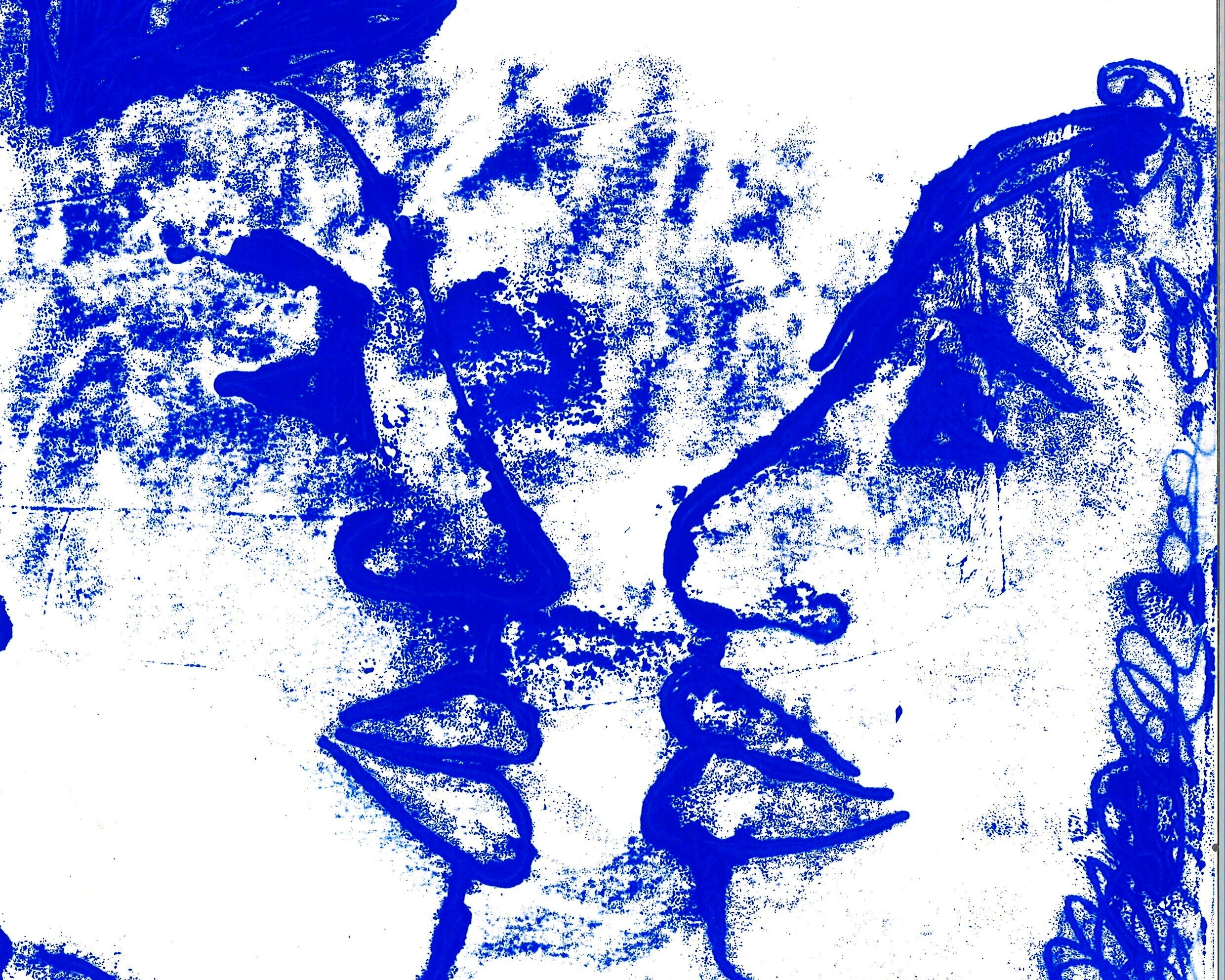Home Body:
Elia Alba, Baseera Khan, Sola Olulode and Maya Varadaraj
Curated by Nico Wheadon
February 19 - March 23, 2021
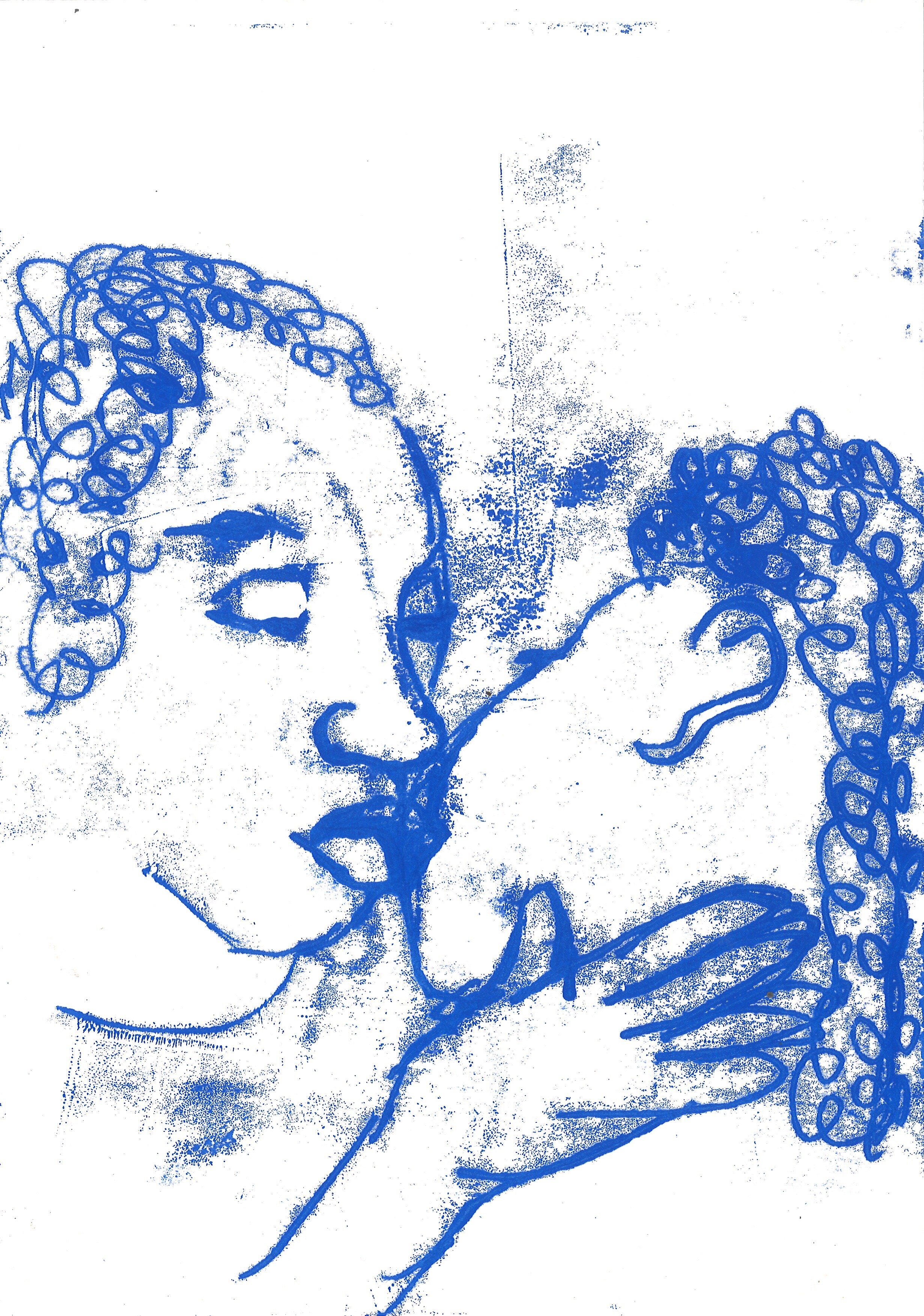
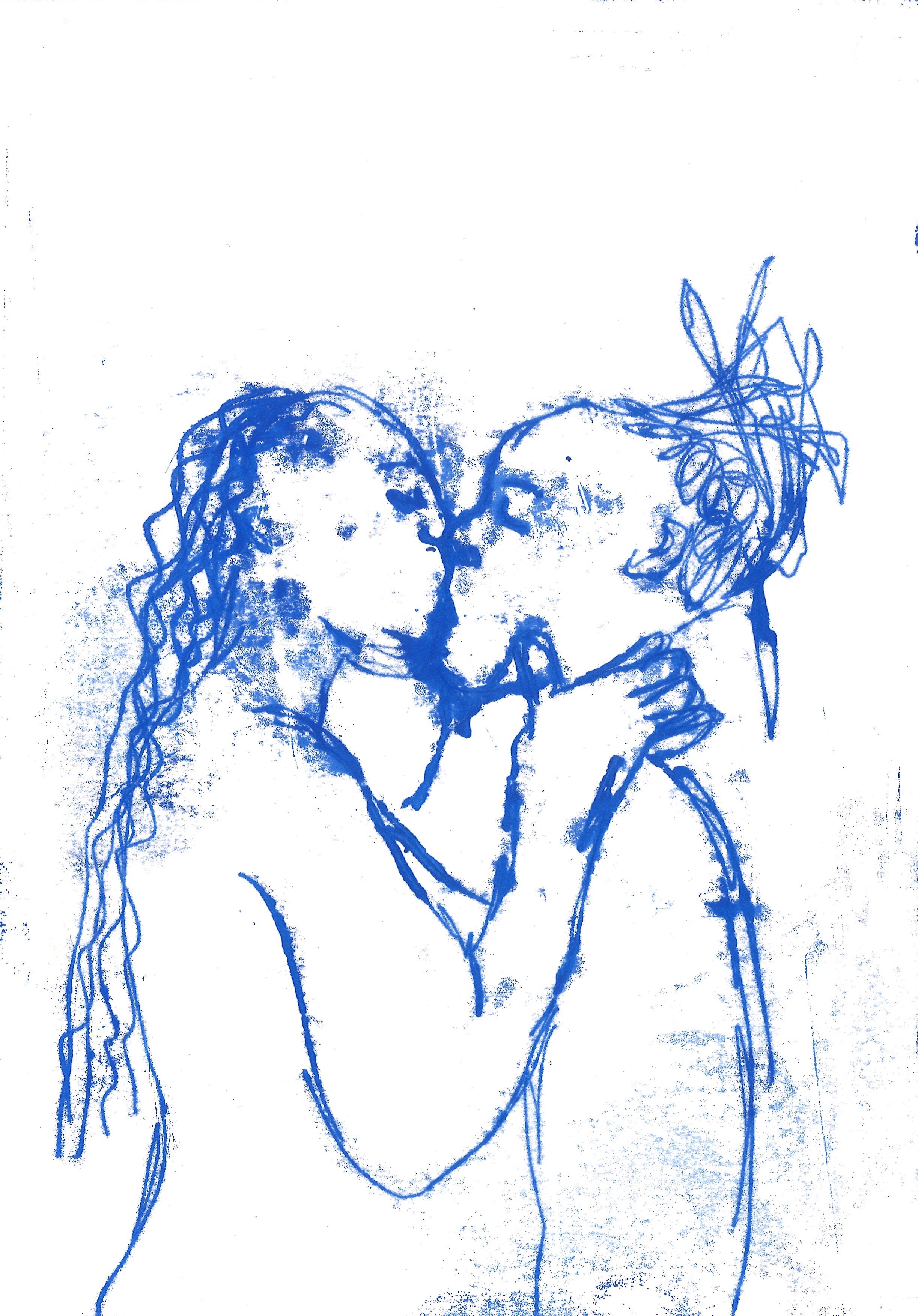
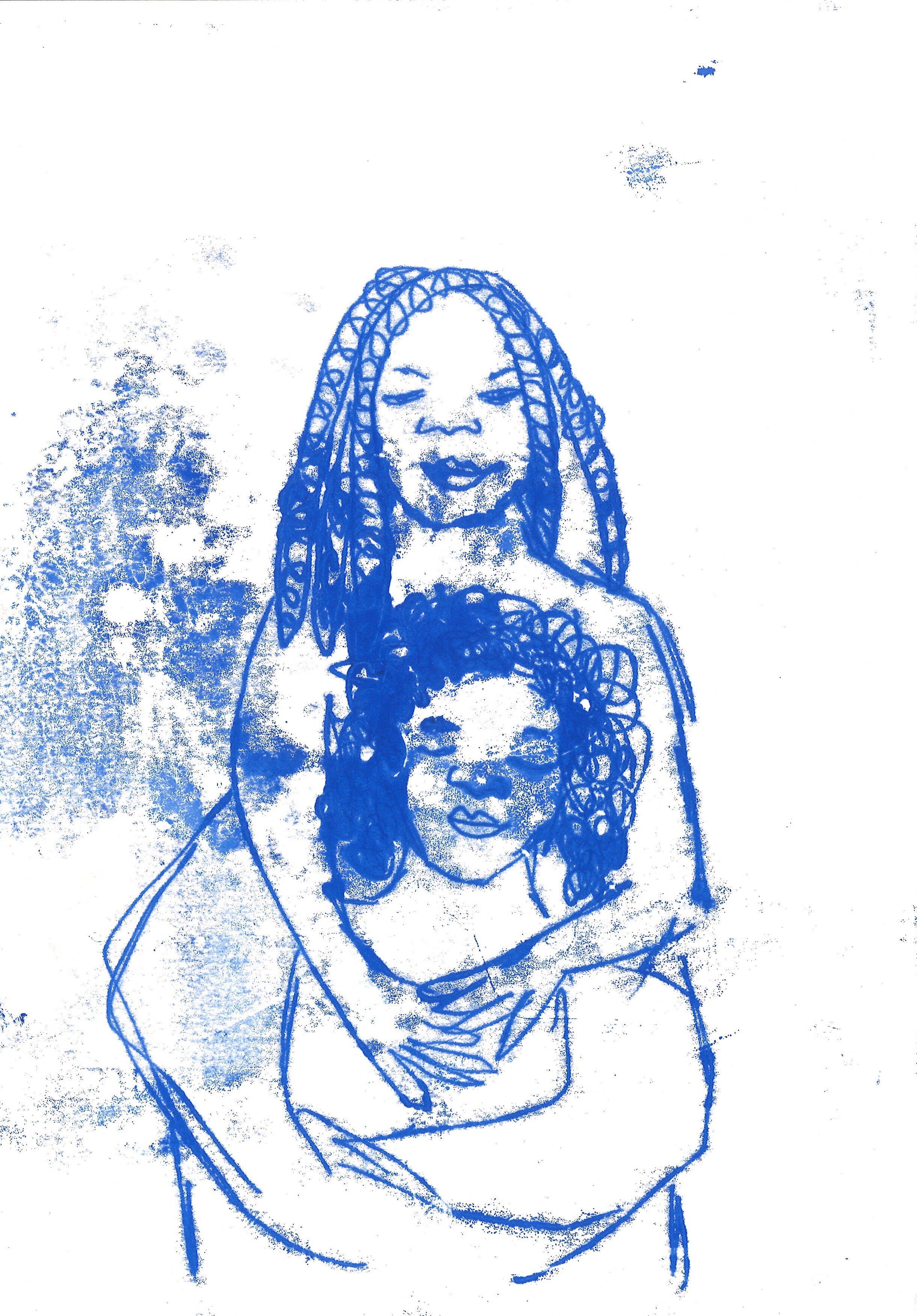
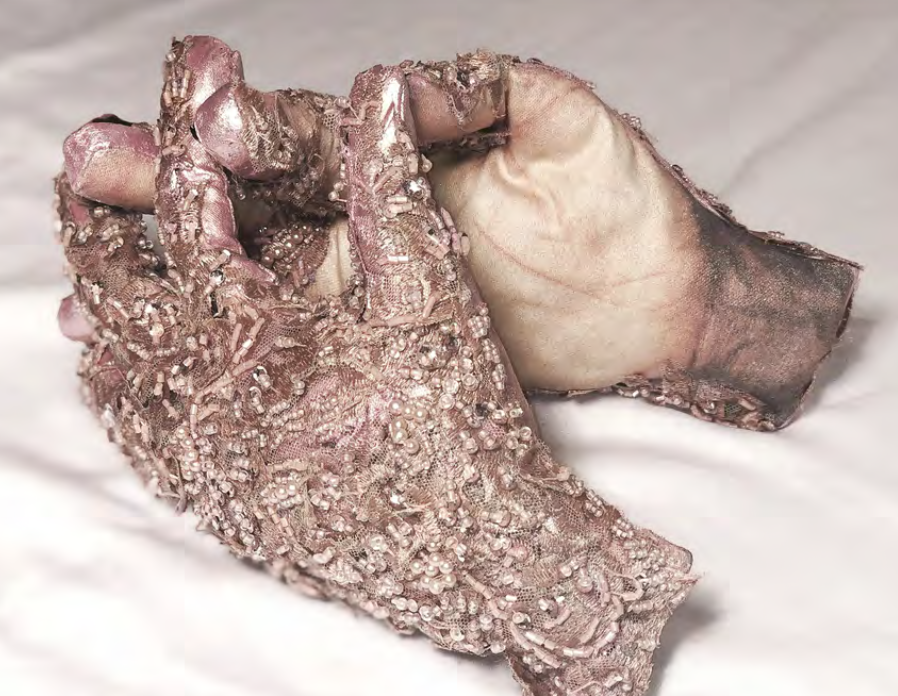
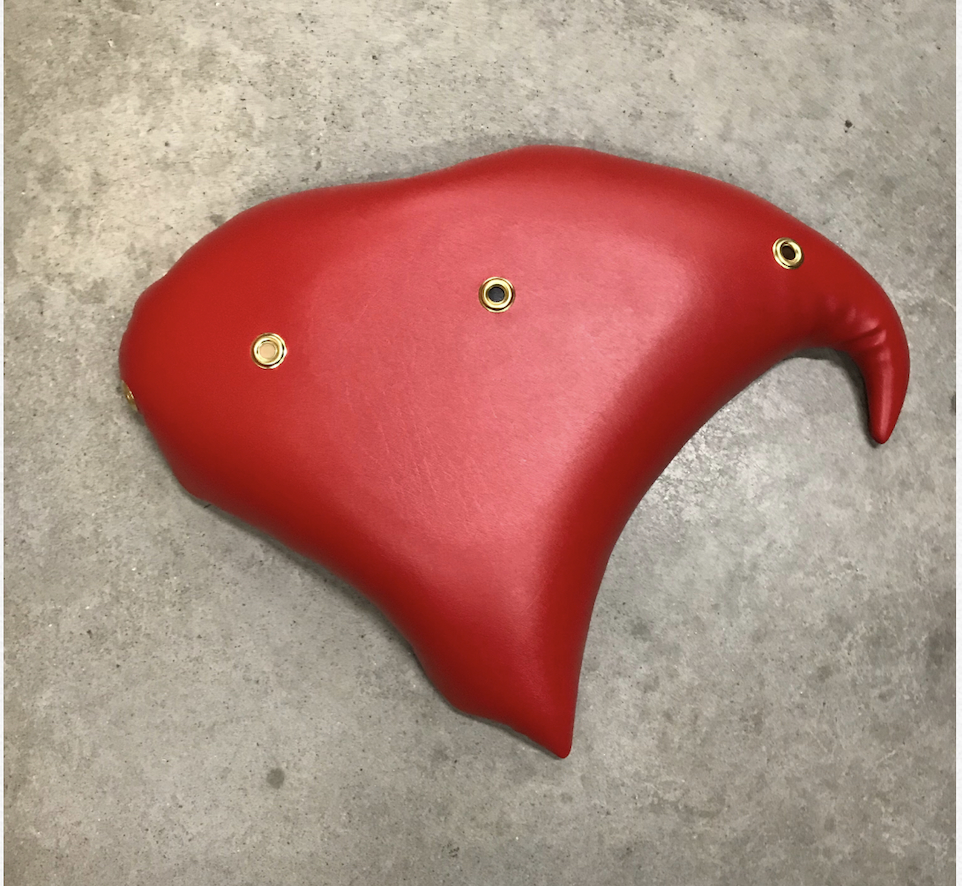
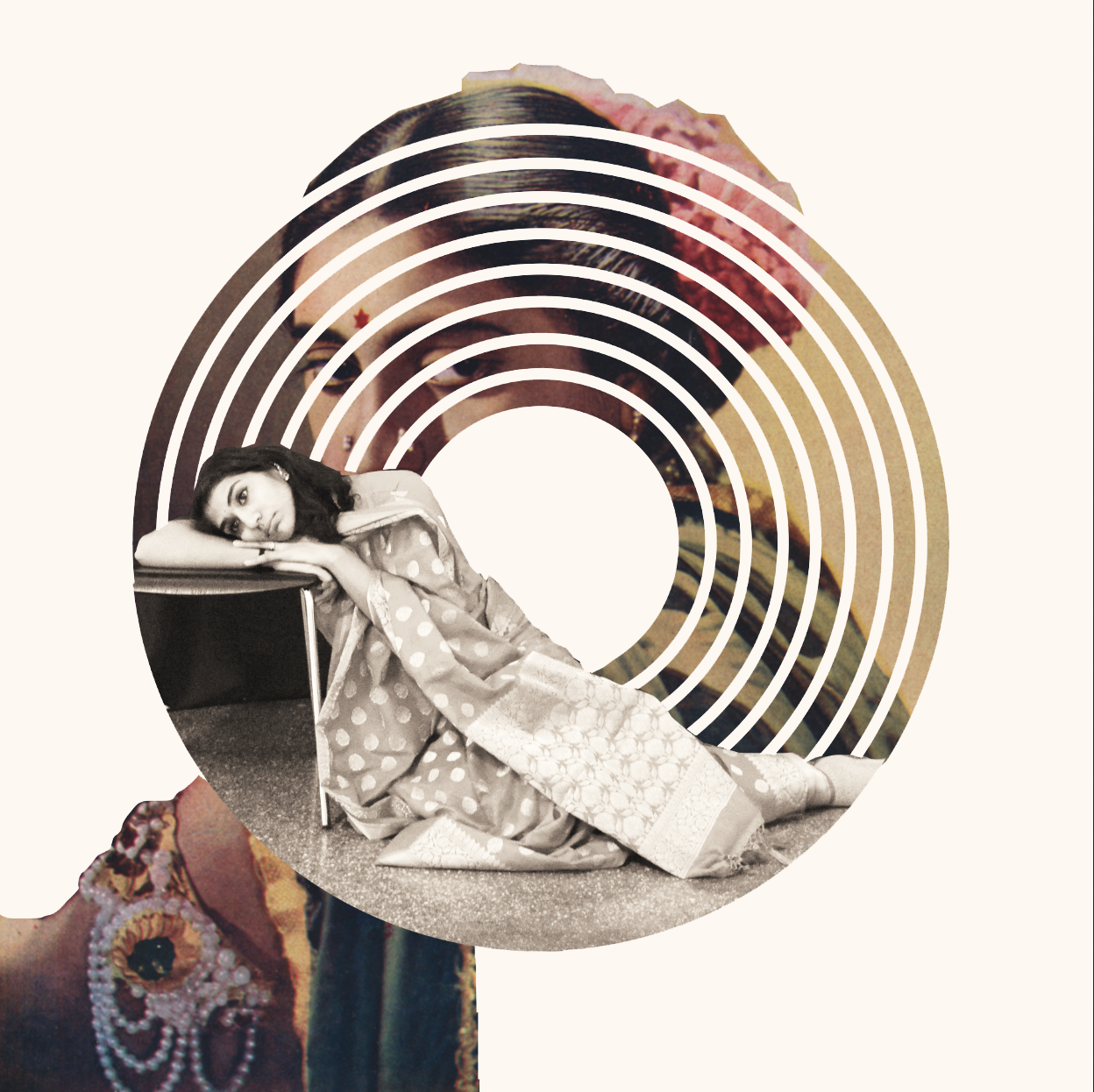
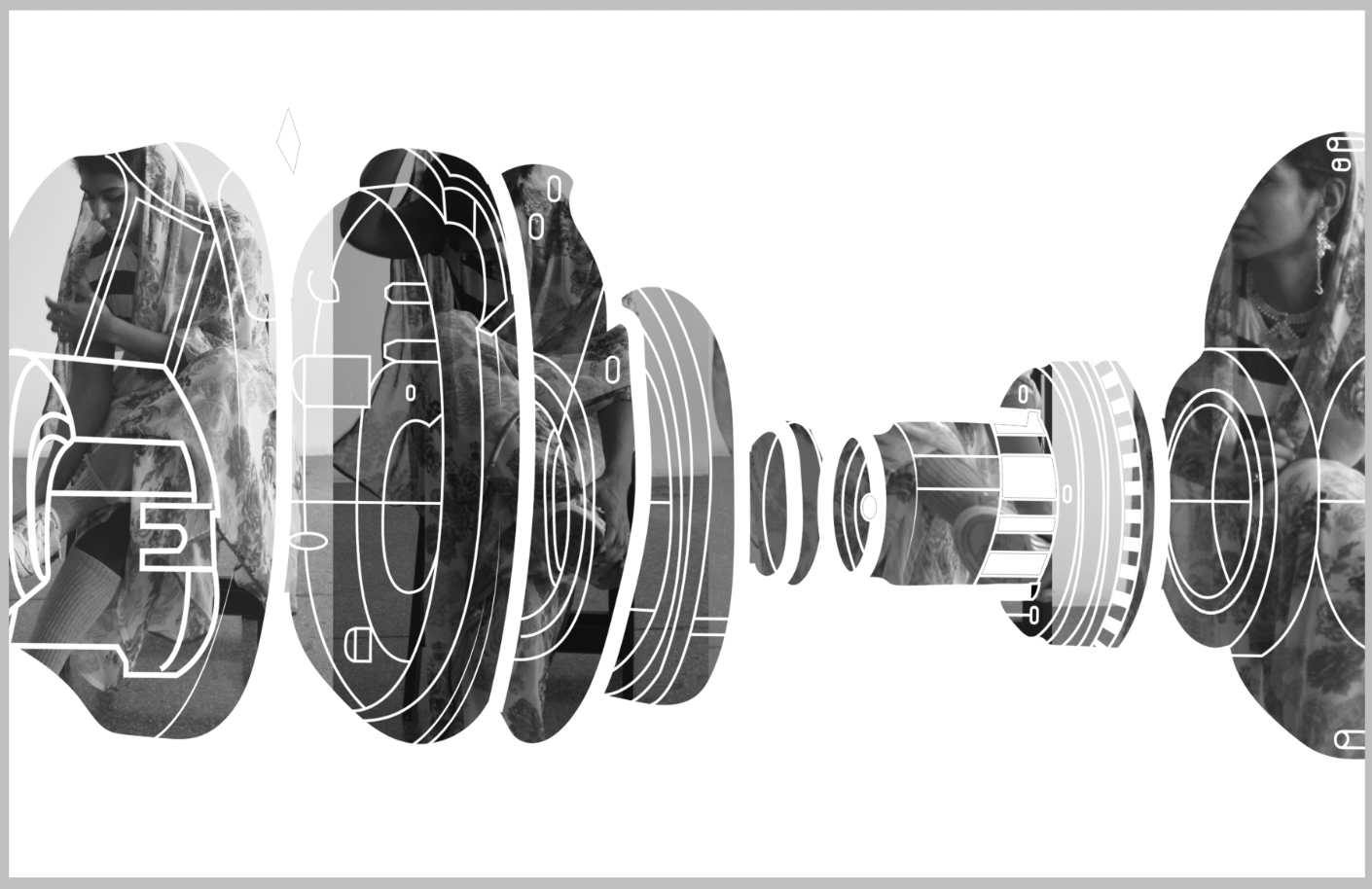
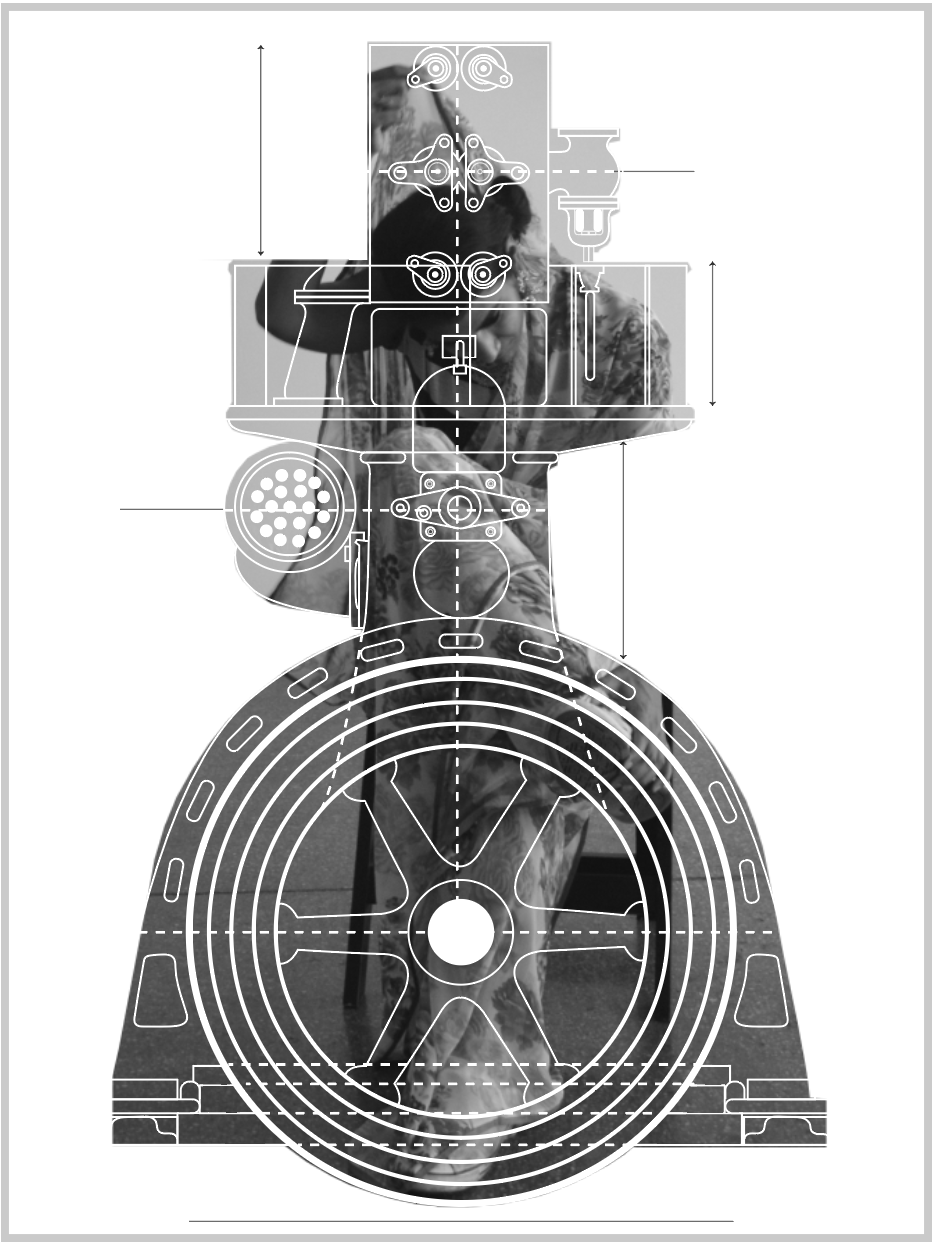

“you are a soul. a world. a portal. a spirit. you are never alone. you are organs and blood and flesh and muscle. a colony of miracles weaving into each other.”
― Rupi Kaur, Home Body
Sapar Contemporary is delighted to present Home Body, an exhibition curated by Nico Wheadon. In Home Body, Elia Alba, Baseera Khan, Sola Olulode and Maya Varadaraj offer visions of personhood that transcend the labels, limits, and roles prescribed on Earth. Here, the body is not merely a vessel for participation in the material world. Instead, it is what poet Rupi Kaur describes as a colony of miracles—a home, or interior world, to return to and find refuge in. As we approach a year of learning to live with social distance and self quarantine, a reimagining of the body as sanctuary has never felt more timely or essential.
With a focus on the nuances of cultural identity and gender expression, the exhibition explores embodiment as a site of performance and experimentation. A laboratory where the energetic relations between the material and the immaterial are in a constant state of fusion, fission and combustion. This collection of works—timeless yet concretely of this moment—tests the capacity of the body to resist the enduring pressures of capitalism, propagandism and sexism that have historically aimed to confine it. Viewers are dared to, instead, imagine the body as unbound, and gesture as a tool of radical resistance and communication.
Elia Alba’s soft sculptures, or hand portraits, provide a glimpse into the distinct auras of her sitters. Instead of relying on the eyes as windows to the soul, Alba transmutes the hands into the primary portal through which to access the rich interior life of another. Through a process of photo-transfer onto fabric, these hands retain a representational likeness yet remain subject to the artist's own interpretation and embellishment. Alba states, “hands are like emotional barometers. The gestures we produce when we speak are not merely random movements used for emphasis, but are tied to our thoughts. It’s a bodily action that represents information and thus has an indirect effect on the world.” Alba materializes the immaterial, offering a series of gestures as biographical windows into the lives of her loved ones.
In contrast, Alba’s Nommo dolls offer a different type of information. Rooted in the mythologies of Mali’s Dogon tribe, this series of dolls foregrounds collective over individual identity. They embody a race of ancestral spirits, undefined by gender, and are positioned in expressive poses that communicate a wide array of non-verbal information. In the folklore, the Nommo visited Earth over 1000 years ago to share lessons from the solar system, which makes you wonder what news they are here to share today, and what role the body plays in communicating it.
Where Alba’s sculptures survey different modes of address manifested through the body’s exterior or extremities, Baseera Khan’s sculptures seemingly cast their gaze inwards, towards the organs, blood, flesh and muscle. Khan’s “Seats” evoke hints of the anatomical through their biomorphic curves, hooks and bulges that conjure the body’s internal systems. Composed of pleather, grommets and traditional Islamic textiles and trims, these organic shapes consist of inorganic, commercial materials that are at once known and unknowable. They evoke a dual sense of public and private, domestic and industrial, and Khan expertly magnifies this tension through their refusal to submit to the binary.
In Khan’s literal suturing of these elements, perceived by many to be diametrically opposed, the humorous absurdities of capitalist consumerism emerge—plastic masquerading as “skin” and metal penetrating the “skin” to recreate a porosity that preexists. Khan plays within these interstitial spaces, inlaying flesh-toned swaths to add an even deeper dimension to these already multidimensional works. These subtle troves reward an active viewer, and Khan’s choice to hang the seats on the wall instead of installing them parallel to the floor keeps the viewer on their toes, turning a prescriptive relationship between subject and object, self and other, on its head. In their largest “seat”, Khan incorporates photographic imagery, inserting a portrait of Democratic Representative Ilhan Omar into one of the inlays. This poignant commentary on what it means to have a so-called “seat” at the table, or take up necessary space while remaining functionally obscured by the architecture of the broader system, speaks to the complexities of representation.
Elsewhere in the exhibition, representation takes on a more figurative form. Sola Olulode’s deep blue lovescapes and Maya Varadaraj’s meditative mandalas materialize the complex interiority of their subjects. These womxn and non-binary subjects, who express their agency through gestures like the gaze or the kiss, are at once tender and defiant—they acknowledge the viewer yet remain wholly unreliant on the viewer’s gaze for permission, as they rule a realm of their own creation. Despite a shared interest in depicting the nuances of identity expression, Olulode and Varadaraj approach their respective cultural references distinctly.
Maya Varadaraj tests the absoluteness of India’s pre-independence imagery by meticulously collaging popular calendar advertisements into new messages. In her refusal of the historic propaganda that circulates what she describes as only “two distinct types of women”—deities and progressives—Varadaraj literally carves out space for a more robust spectrum of representation. In Apply Forces, Control Movement and Perform an Intended Action, Varadaraj further rejects this narrow prescription of womanhood by, in her own words, “injecting photographs into the machine aesthetic.” Here, she is interested in the disjuncture between the fact that women are often treated like machines yet, in popular imagery, are only approximate to machines when this relationship is sexualized or commodified to sell products. In these works, the artist’s own body is represented and is truncated by the contours of the machine while, at the same time, asserting mastery over it. Apply, control and perform—the language used to title the piece—affirm this refigured power dynamic.
In Sola Olulode’s drawings, one senses the willful erasure of a power dynamic—bodies don’t oppose, they blend, swallowing one another in countless, reciprocal gestures of consent. These intimate scenes of togetherness explore the fluidity of Black, British, queer identities. Olulode’s explorations of what she terms “queer intimacies” depict the tumescent moments before a kiss or embrace or, in some cases, simply a state of uninhibited being. While it may seem as though these drawings privilege only lovers, there is in fact a third body present—that of the artist. Through her unique monoprinting process, which involves kneeling and drawing on the reverse of the paper to produce what will ultimately become an inverted image on the front, Olulode’s gesture and trace is captured as architect of the scene. As such, the paper becomes a sponge that absorbs the excess, infusing her drawings with limitless layers of material and conceptual depth.
Elia Alba, Baseera Khan, Sola Olulode and Maya Varadaraj each transform their selected medium into an infinite multiverse of indirect connections and direct confrontations. The juxtaposition of their works in space produces a palpable tension that encourages viewers to question their own relation to, and position along, the vast spectrum of identity. In Home Body, viewers are encouraged to perform the solitary work of introspection yet are consistently reminded that, in the words of Kaur, they are never alone on the journey to find “home”.
- Essay by Nico Wheadon
About Artists
Elia Alba is a multidisciplinary artist, who works in photography, video and sculpture. She received her Bachelor of Arts from Hunter College in 1994 and completed the Whitney Museum Independent Study Program in 2001. She has exhibited throughout the United States and abroad. Those include the Studio Museum in Harlem, Stedelijk Museum, Amsterdam; Science Museum, London; Smithsonian Museum of Art, El Museo del Barrio, ITAU Cultural Institute, São Paulo; National Museum of Art, Reina Sofía, Madrid and the 10th Havana Biennial. She is a recipient of numerous awards and residencies including the Studio Museum in Harlem Artist-in Residence Program in 1999; New York Foundation for the Arts Grant, Crafts 2002 and Photography 2008; Pollock-Krasner Foundation Grant, 2002, Joan Mitchell Foundation Grant 2002 and 2008; Lower Manhattan Cultural Council (LMCC) Workspace Program, 2009, and Anonymous Was A Woman Award, 2019. Collections include the Smithsonian Museum of Art, El Museo del Barrio, Lowe Art Museum. Her work has been reviewed by the New York Times, Art Forum, ArtNews, Cultured Magazine to name a few. Her book, Elia Alba, The Supper Club (Hirmer 2019), critically acclaimed by The New York Times, brings together artists, scholars and performers of diasporic cultures, through photography, food and dialogue to examine race and culture in the United States. She lives and works in the Bronx and is Artist-in-Residence at The Andrew Freeman Home. She is currently guest curator for El Museo del Barrio’s upcoming exhibition, Estamos Bien: La Trienal 20/21.
Baseera Khan is a performance and visual artist based in Brooklyn, New York. Their work sublimates colonial histories through performance and sculpture in order to map geographies of the future. Khan's latest solo exhibition, Snake Skin, opened at the end of 2019 at Simone Subal, New York. They have exhibited in numerous locations such as Munich Documentation Centre for the History of National Socialism, Munich, Germany, Jenkins Johnson Projects (2019), Sculpture Center (2018), Aspen Museum (2017), Participant Inc. (2017). Khan's performance has premiered at several locations including Whitney Museum of American Art, Art POP Montreal International Music Festival. Khan recently completed a 6 week performance residency at The Kitchen NYC (2020) and was an artist in residence at Pioneer Works (2018-19), Abrons Art Center (2016-17), was an International Travel Fellow to Jerusalem/Ramallah through Apexart (2015), and attended the Skowhegan School of Painting and Sculpture (2014). Khan was a recipient of the BRIC Colene Brown Art Prize and the Joan Mitchell Painters and Sculptors Grant in 2019, was granted by both NYSCA/NYFA and Art Matters in 2018. Their works are part of several public permanent collections including the Solomon R. Guggenheim, Kadist, San Francisco, and the Walker Art Center, MN. Khan's work is published in 4Columns, The New York Times, The New Yorker, Artforum, Art in America, BOMB, Brooklyn Rail, and TDR Drama Review. Khan is an adjunct professor of sculpture, performance, and critical theory, and received an M.F.A. from Cornell University (2012) and a B.F.A. from the University of North Texas (2005).
Sola Olulode’s dreamy queer visions explore embodiments of British Black Womxn and Non-Binary Folx. Working with various mediums of natural dyeing, batik, wax, ink, pastel, oil bar, and impasto she develops textural canvases that explore the fluidities of identities. Drawing inspiration from lived experience, friends, and cultural reference points to centre Black Queer Womxn, Olulode emphasises the integral need of representation and celebration of queer intimacies. Her utopian scenes celebrate relationships that transcend crude notions of queer sexuality, her figures exemplify the warm embrace of queer love, a temporal space to bathe in memories of intimacies abundant with scenes of profoundly deep tender connections. Envisaging a world reflective of the celebration of her own identities Olulode brings to life representation and visibility of Black Queer lived experiences. Her figures represent multifaceted complex individuals and the energy they hold in their bodies relishing in a boundless temporality of self-validation and joy. Olulode received a BA in Fine Art Painting from the University of Brighton in 2018. She has completed a number of residencies: von Goetz, Moving in the Bluish Light (2018); Lewisham Art House, Hold My Hand (2019); V.O Curations, Where the Ocean Meets the Beach (2020); and featured in the V&A’s In the Palm of Your Hands (2020). Various group exhibitions include: BBZ BLK BK: Alternative Graduate Show (2018); Twilights of the Idols (2020), Alice Black; Build Love Break Walls (2020), Shado Magazine; Blacklisted: An Indefinite Revolution (2020), Christie’s Education; and most recently When Shit Hits the Fan (2020).
Maya Varadaraj is an interdisciplinary artist and designer, she received her Bachelor's of Fine Arts in Apparel Design from the Rhode Island School of Design before completing a Master's Degree at the School of the Art Institute of Chicago. Varadaraj's work has been exhibited internationally at Vitra Design Museum, Museo Del Disseny Barcelona, Nature Morte, Sakshi Gallery, Salone De Mobile, Mana Contemporary, and Medium Tings among others. She has been featured in publications such as Juxtapoz, Platform Magazine, and We Make Money Not Art. Varadaraj’s interdisciplinary practice engages South Asian material culture to redefine feminine narratives and representations. Her aesthetic vocabulary references familiar materials such as; vintage advertisements, popular calendar illustrations, and classic image-making techniques such as painted photographs.
About Curator
Nico Wheadon is an independent art advisor, curator, educator and writer. She is also founder and principal of bldg fund LLC, an innovation platform for BIPOC artists, entrepreneurs and neighbors. Nico currently serves on the Board of Governors at the National Academy of Design, and the Advisory Board for the Lubin School of Business. An adjunct assistant professor at Brown University, Barnard College and Hartford Art School, she has also guest lectured internationally on topics including: the future of museums; art and entrepreneurship; navigating risk in the nonprofit industrial complex; and building artist-led institutions. In 2020, she was appointed as a Guide at The Institute of Possibility. Nico’s first manuscript—On Museum Citizenship: A Toolkit for Radical Art Pedagogy, Practice & Participation—is slated for publication in Spring 2021. The book brings together over forty pioneering voices from the field to reflect on canon-shifting practice currently taking place within, beyond, and through the museum space. In recent posts, Wheadon served as Inaugural Executive Director of NXTHVN (2019-2020); Inaugural Director of Public Programs and Community Engagement at the Studio Museum in Harlem (2014-2019); and Curatorial Director of Rush Arts Gallery (2007-2010). She holds an MA in Creative & Cultural Entrepreneurship from Goldsmith's College University of London (2011), and a BA in Art-Semiotics from Brown University (2006).

